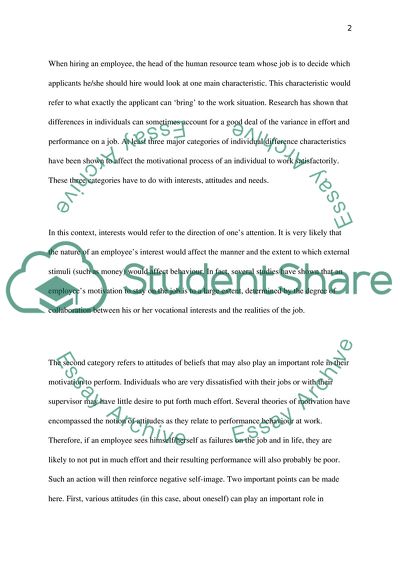Cite this document
(How Workers Can Be Motivated to Remain in Their Workplace and What Are Coursework - 9, n.d.)
How Workers Can Be Motivated to Remain in Their Workplace and What Are Coursework - 9. https://studentshare.org/human-resources/1721152-essay
How Workers Can Be Motivated to Remain in Their Workplace and What Are Coursework - 9. https://studentshare.org/human-resources/1721152-essay
(How Workers Can Be Motivated to Remain in Their Workplace and What Are Coursework - 9)
How Workers Can Be Motivated to Remain in Their Workplace and What Are Coursework - 9. https://studentshare.org/human-resources/1721152-essay.
How Workers Can Be Motivated to Remain in Their Workplace and What Are Coursework - 9. https://studentshare.org/human-resources/1721152-essay.
“How Workers Can Be Motivated to Remain in Their Workplace and What Are Coursework - 9”. https://studentshare.org/human-resources/1721152-essay.


